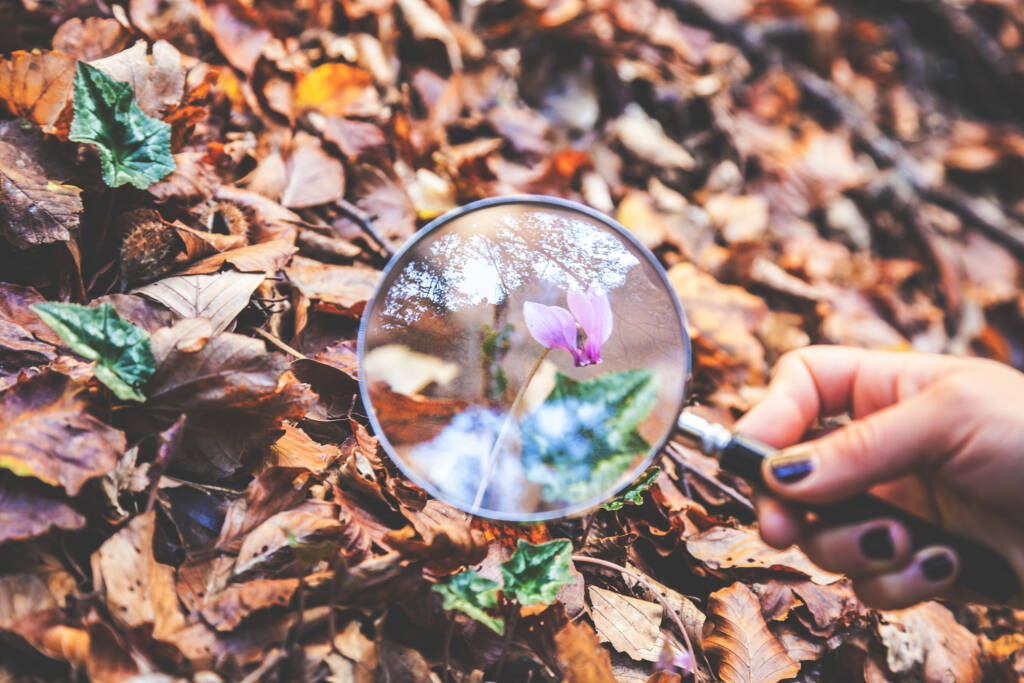
Elementary Science Grade 2

Science Grade Two is a foundational course that covers concepts in Earth and Space Science, Life Science, and Physical Science through scientific inquiry. Students engage in scientific learning through observing, interacting with materials, and asking questions as they explore new scientific concepts. In Earth and Space Science, students learn about weather, rocks and soil, and the Sun’s energy. Life Science covers the human body, the basic needs of plants and animals, and life cycles. In Physical Science, students learn about the properties of objects, states and changes of materials, changes in motion, and forms of energy.
Please view the Elementary Parents Guide for Grades K-2 with guidance on helping your student transition to online learning and thrive at VLACS.
Major Topics and Concepts
Segment One
Observable Properties
Magnets
Temperature
Weight
Solids, Liquids, and Gases
Changing Materials
Volume
Electricity
Forms of Energy
Pushes and Pulls
Changes in Motion
Segment Two
Rocks
Soil
Weather Patterns
Direct and Indirect Sunlight
The Sun’s Energy
Severe Weather
Basic Needs of Humans, Plants, and Animals
Human Body
Habitats
Plant and Animal Life Cycles
Course Materials
To achieve success, students are expected to submit work in each course weekly. Students can learn at their own pace; however, “any pace” still means that students must make progress in the course every week. To measure learning, students complete self-checks, practice lessons, multiple choice questions, projects, discussion-based assessments, and discussions. Students and families are expected to maintain regular contact with teachers because, when teachers, students, and parents work together, students are successful.
Required Materials – Please view the list of materials before registering.
Competencies
Properties
I can describe objects using different properties. I can predict an object's buoyancy to float or sink. I can describe magnets’ effects on objects and other magnets. I can compare my inferences to my observations. I can compare data resulting from repeated tests.
Energy
I can describe the forms from which electricity can be generated. I can describe uses of electricity. I can compare the effects of large and small amounts of force applied to varying objects. I can describe the impact of gravity on an object with and without support. I can explain the magnetic force ability to move objects without touching them.
Changes
I can describe an object's state of matter. I can describe the shape of gases, liquids, and solids. I can compare water as it changes from one state to another. I can explain volume. I can estimate if the volume is larger or smaller than a liter. I can explain the property of liquids remaining constant when poured into containers of different size and shape. I can explain the process of changing the state of materials. I can compare materials’ reactions when exposed to a common change.
Rock and Soil
I can categorize rock properties. I can explain soil formation. I can explain soil properties. I can evaluate soil types according to their properties.
Life Cycles
I can describe the stages in the life cycle of a plant. I can describe the stages in the life cycle of a butterfly. I can describe the stages in the life cycle of animals. I can explain the process by which animals help plants to spread seeds.
Living Things
I can describe the functions of internal parts of the human body. I can describe the locations of internal parts of the human body. I can explain the importance of habitats that fulfill the needs of the plants and animals. I can compare the process for plants and animals to meet basic needs.
Weather
I can describe patterns observable in nature. I can compare predictable weather conditions for a season. I can describe repeating weather patterns in nature I can describe the effects of light and strong wind. I can describe landforms and structural designs that slow or prevent damage from severe weather. I can explain the importance of safety plans to prepare for severe weather. I can describe the energy that comes from the sun. I can compare the effects of direct sunlight vs. indirect sunlight on water, land, and air by measuring temperature.

